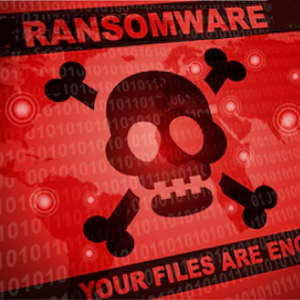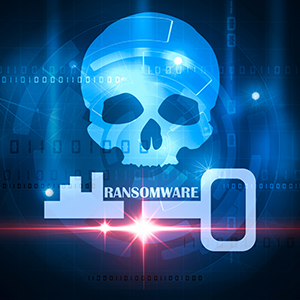Static Malware Analysis Tools: A Powerful Force Multiplier
Updated on October 21, 2022, by Xcitium
Static malware analysis tools have been around for quite a while. It handles the most part related to software code quality checks. It is also viable at identifying suspicious files and malware before they execute. Static malware analysis tools are turning into a common tool in the security toolkit. When used related to dynamic malware analysis, it can go about as a powerful force multiplier.

STATIC MALWARE ANALYSIS TOOLS: ITS USE FOR SECURITY PROGRAMS
The static malware analysis tools used by malware analyst groups are open source. It is not the caliber required for use by security groups. Static malware analysis tools were not intended to manage cybercriminals and attacks. Static malware analysis tools are unfit to deal with the unpacking process.
Another test for static malware analysis tools is their inability to perceive malware. There are types of malware that change its qualities after some time. An example is a polymorphic malware. The procedure of static malware analysis tools can be manual, moderate, and complex. This is the scenario if there are no high visibility and automated apparatuses.
Another age of security-centered static malware analysis tools is entering the market. These tools can manage the nuances of malware and offer genuine value to the security group. The new age of static malware analysis tools is quick and adaptable. They can deteriorate and reverse engineer various kinds of files. They do this over different operating systems, making them much more proficient. These static malware analysis tools do not alert the cybercriminals to their work. They have become productive at unpacking obfuscated files and can beat evasion systems.
STATIC MALWARE ANALYSIS TOOLS: HOW WOULD THEY WORK?
These new static malware analysis tools use procedures to unpack and decompose files. With this, the malware misuses hidden inside surface. By consolidating automated techniques, static malware analysis tools can identify, decompose, and de-obfuscate. It can also extract many threat indicators and capacities from the files. Static malware analysis tools can classify the danger level of the file. It can fix it so that only high-risk files transferred for dynamic malware analysis. Thus, the final outcome is more exact.
Seeing how the code functions allows the security group to fabricate better safeguards. They will also serve as a sanity check on practical malware analysis. Malware today is becoming more focused on. Seeing how malware infects systems can diminish infections to an organization. In this way, it decreases the general expense.
Static malware analysis tools do pre-execution. It takes milliseconds to finish regardless of their target OS or platform. It thus conquers the deficiencies of dynamic malware analysis. Static malware analysis tools are lightweight. It can process a huge number of files every day.
Another capacity for static malware analysis tools is the characterization of files. The characterization depends on the file features. Functional similarity-based classification enables static malware analysis tools to recognize polymorphic malware. It recognizes the unknown malware variant since it is like known malware.
Today, the new age of static malware analysis tools is being used by very large organizations. It includes financial services organizations, government offices, and technology companies with strong achievement. As the static malware analysis tools develop, more standard adoption will happen.
Static malware analysis tools will become a critical tool in the security toolkit.
Aside from this, there are other methodologies to fight malware. It includes the utilize of looking at devices like Xcitium Forensic Analysis Tool. This tool features a default deny approach that renders risks pointless. You’ll most likely shield each endpoint from cyberattacks, data breaches, and more.
Xcitium Forensic Analysis Tool finds known bad, good, and unknown files. Xcitium Forensic Analysis Tool completes each filtering system. You will get an intensive forensic analysis summary report. All the unknown files experience the Xcitium’s cloud-based file analysis platform. Valkyrie assesses these files and returns a decision of “bad” or “good” on every single unknown file.
Xcitium Forensic Analysis Tool may mark a file as unknown. The file gets transferred to Xcitium’s Valkyrie servers. The Valkyrie service runs these files through a variety of tests. These tests break down the behaviors of all files. A report of these tests will be opened on an interface.
Every other day, cybercriminals are propelling threats. The primary response to prevent such risks is by using Xcitium Forensic Analysis Tool. Download and use Xcitium Forensic Analysis Tool to guarantee your security.
Set up your safeguards. Run Xcitium Forensic Analysis Tool scan today at https://enterprise.xcitium.com/.
ARE YOU UNSURE ABOUT YOUR SECURITY BLOCKING RANSOMWARE?
Related Resources



